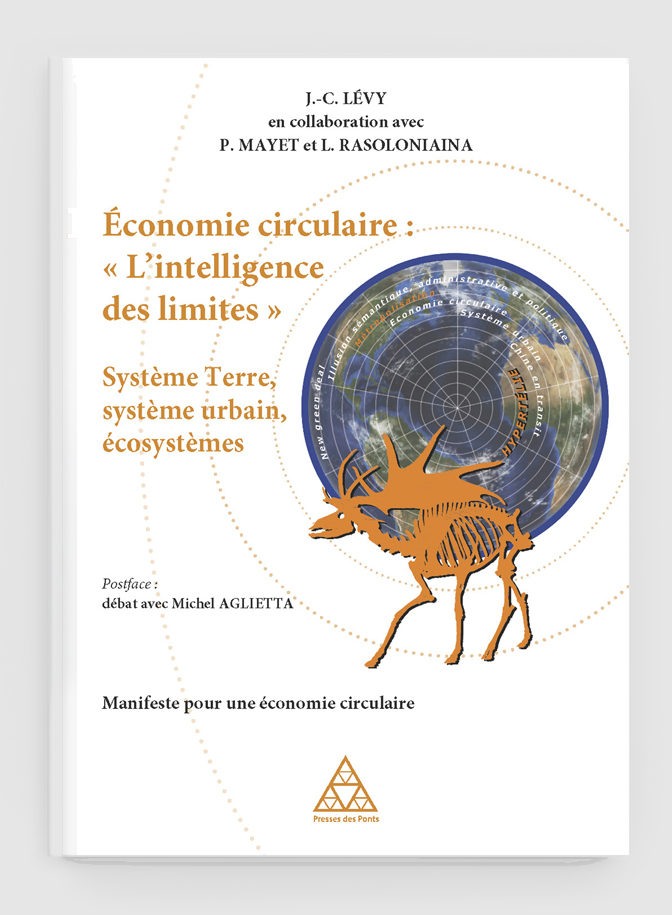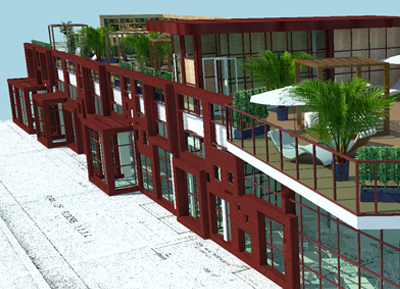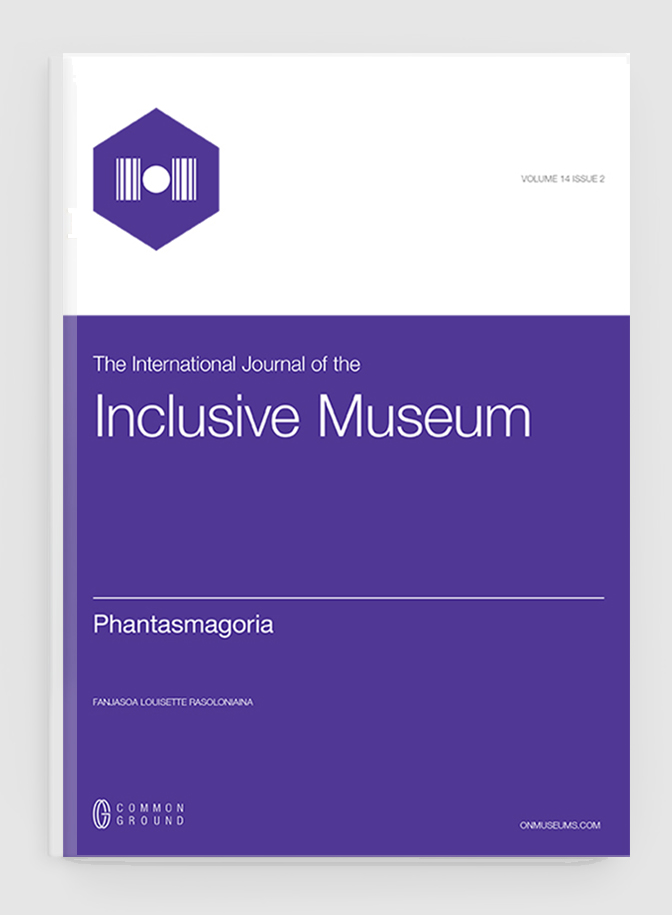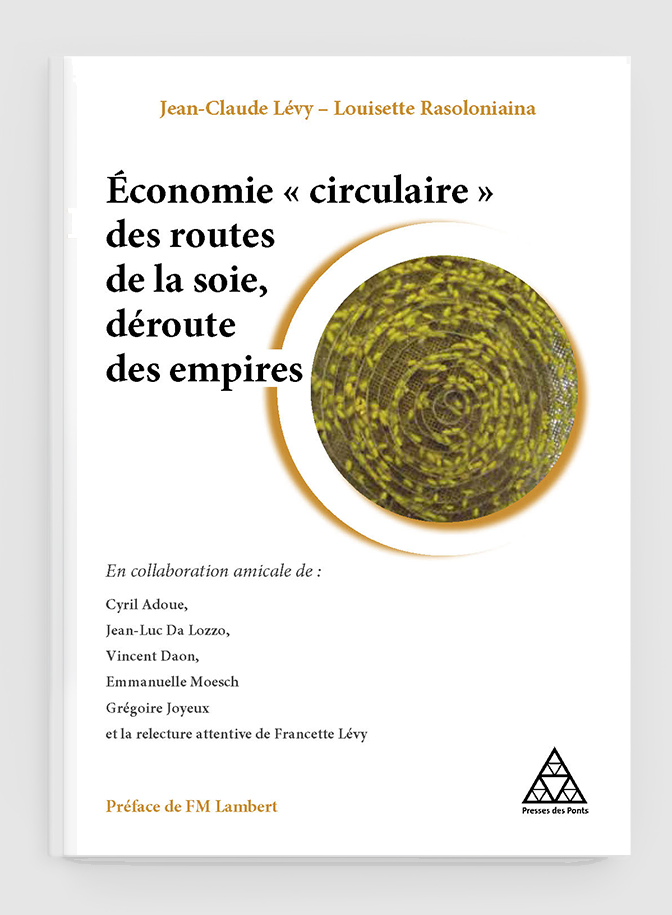Symbiotic Design

accompaniment - Co-conception - implementation
SERVICES
Our approach is interdisciplinary and holistic, which allows us to engage our regard on a broad field of services
Portfolio
Extracts
News
Mama Quilla - International Grand Prix:
Architecture and Innovation for Space
Fondation Jacques rougerie
2024
Read more...
Résidence au laboratoire expérimental
Permaculture urbaine dans le logement collectif
à la Cité des Sciences et de l'Industrie
2017
Read more...
PUBLICATIONS - PREPRINTS - PRESENTATIONS - OTHER RESOURCES
Our shared corpus

Economie circulaire "L'intelligence des limites" Système Terre, système urbain, écosystèmes
2022
Read more...
- 2025
- Rasoloniaina, Fanjasoa Louisette (2025) “The Austronesian system: An adaptative ancient resilient sustainable territorial network of insular entities pervasively encoded in the Swahili echo-system”, In Proceedings of the 2024 CEDTI Colloquium, Rose Hill, Mauritius.
- .
- 2024
- Rasoloniaina, Fanjasoa Louisette (2024c) Emergence Weaving Through a Crossed Disciplinary Serendipity: Setting a Reflexive Emergence Pattern for an Inclusive Socio-Eco-Technical Transition, In Proceedings of Relating Systems Thinking and Design, Georgestown, USA. PDF (15 Mo).
- Rasoloniaina, Fanjasoa Louisette (2024b). "The setting of a symbiotic & digital ecosystem merging embodied computing with urban and territorial conception and ideation". In: Proceedings of the 10th AISU Congress 2022 in Turin. PDF (4 Mo).
- Rasoloniaina, Fanjasoa Louisette (2024a). "After the Silent Spring, from the megacities to Chong Ming or the island where the birds sing". In: Proceedings of the 10th AISU Congress 2022 in Turin. PDF (3 Mo).
- 2023
- Rasoloniaina, Fanjasoa Louisette (2023). "Restitution de l'Atelier 4 - Retour d'expériences". In: L'architecture en recherche - héritages et défis. Collective - Editions du patrimoine - Collection Recherche et architecture. PDF (1,3 Mo).
- 2022
- Clément, Caroline, Ekizoglu, Esin et Rasoloniaina Louisette (2022) « Le doctorat en architecture : Vers une épistemologie architecturale ? », In : Revue Encyclo de l’Ecole Doctorale 264 de l'Université Paris Cité – N°12 – 2022. PDF (1,4 Mo).
- Levy, Jean-Claude, Mayet, Pierre and Rasoloniaina, Louisette (2022). Economie Circulaire : « L'intelligence des limites » système terre, système urbain, écosystèmes. Editions Presses des Ponts. Editions Presse des Ponts.
- 2021
- Rasoloniaina, Fanjasoa Louisette (2021). "Phantasmagoria". In: The International Journal of the Inclusive Museum 14 (2): 1-29. doi:10.18848/1835-2014/CGP/v14i02/1-29. Common Ground Research.
- Ceccarini P., Rasoloniaina F. L., 2021. Le teorie della catastrofe e delle affordances.Ripensare l'epistemologia e la prassi architettonica e urbana [The catastrophe & affordances theories. To rethink architectural and urban epistemology & praxis], In : Metamorfosi Volume 09, Lettera Ventidue, p122-129. PDF (2,250 Ko).
- Cuppini, Niccolo, Rasoloniaina, Louisette (2021). "Trans-Urban and Global Systems: two perspectives emerging beyond the Scalar Thought", In: The global city: the urban condition as a pervasive phenomenon, chapter C4., p.248. PDF (128 Ko).
- Rasoloniaina, Louisette (2021). "Swahili Echo-systemy : a pattern for the symbiotic megaregion", In: The global city: the urban condition as a pervasive phenomenon, chapter C4., p.276. PDF (280 Ko).
- 2020
- Levy, Jean-Claude, Rasoloniaina, Louisette (2020). Economie "circulaire" des routes de la soie, déroute des empires. Editions Presses des Ponts, pp 224. Editions Presse des Ponts.
- 2014
- Rasoloniaina, Louisette (2014). Retour au le Futur: Pragmatisme Swahili et Approche Systémique, Cadre de Détermination des Paramètres de la Résilience de la Métropole du 21è siècle . Master thesis ENSAPVS, pp 144. PDF (54 Mo).
- 2021
- Ceccarini Patrice, Rasoloniaina Fanjasoa Louisette (2021a). " Constitution augmentée d'un modèle théorique de la CGE : une approche en systémique design thérapeutique intégrant l'informatique incarnée ", In : Proceedings of M'2021 - XIIIe édition : Design dans la cité : nouvelles manières d'appréhender la conception - Oct. 2021.
- Rasoloniaina, Fanjasoa Louisette(2021b) Seaside: the beginnings of building an ecosystemic urban approach", In: Proceedings of M'2021 - XIIIe édition : Design dans la cité : nouvelles manières d'appréhender la conception - Oct. 2021.
- 2020
- Rasoloniaina, Fanjasoa Louisette (2020a) "Circular economy: the need for an ontological overhaul", In: Proceedings of XIIe edition Management of Organisational Technologies M'2020 - Oct 2020.
- Rasoloniaina, Fanjasoa Louisette (2020b). "Le Design Charrette", In: Proceedings of Journée Ecole Doctorale du LéaV Oct 2020.
- Rasoloniaina, Fanjasoa Louisette (2020c). Swahili territory, architecture and social systems echoing ecosystems: a systemic pattern for the symbiotic mega-region". In: Proceedings of the 4th Edition Off The Lip 2020 Conference on Cognitive Innovation - Jan 2020 - UPOU Los Banos, Philippines - Editions Avant.
PRESENTATIONS
Coming soon...
POSTERS
Coming soon...
OTHER RESOURCES
Coming soon...













 FFE & Ambience Design
FFE & Ambience Design



 Agrarian Urban Design
Agrarian Urban Design

 Eco-fonctional Building Design
Eco-fonctional Building Design
























































